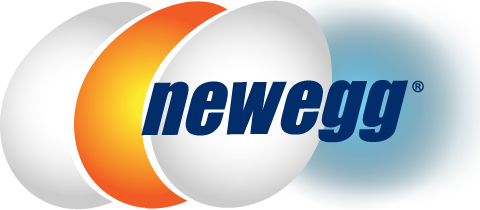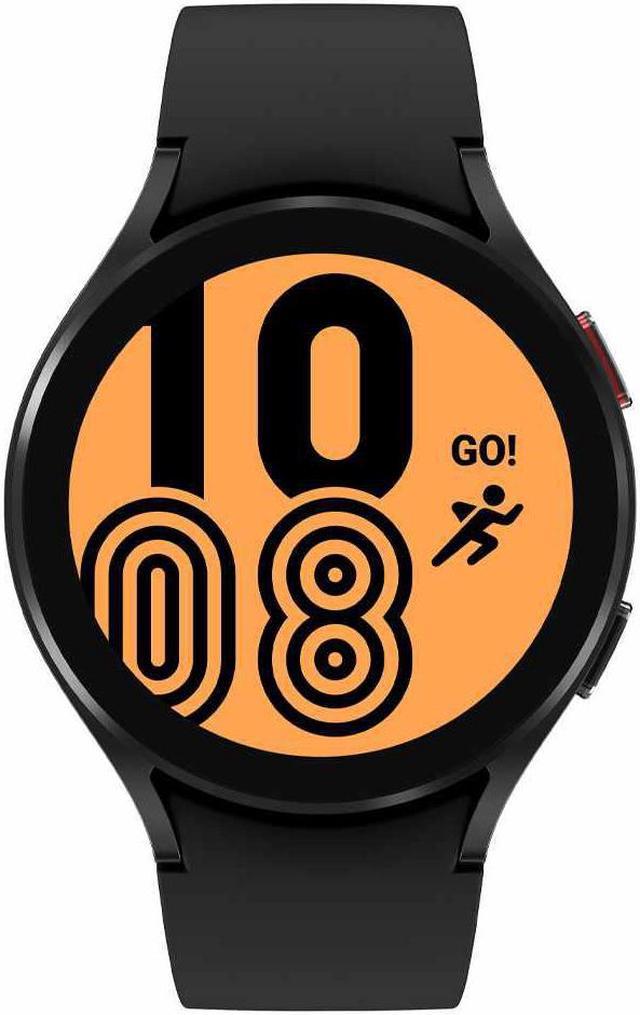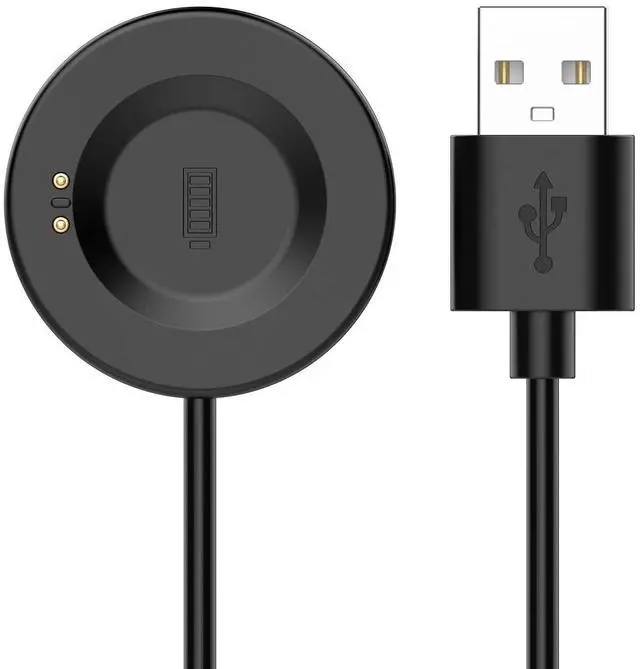
Neil Harbisson, a 31-year-old artist, was born with a medical condition known as achromatopsia (ACHM), a condition which affects one in 33,000 people. ACHM is a vision disorder that makes it impossible to distinguish colors. Currently, there is no known cure — but Harbisson has found a solution: surgically implanting a cyborg into his skull.
The antenna, which Harbisson charismatically refers to as his “eyeborg”, was loosely attached to his head in 2004. The eyeborg’s sole duty is to sense different colors and convert them into sound waves which are massaged into Harbisson’s head. The different patterns represent different colors and allow Harbisson to “see” the different spectrum of light.
Although the original eyeborg worked fine for nearly ten years, Harbisson decided last December to have three holes drilled into his skull in order to attach a more advanced version of the eyeborg. This new and improved eyeborg does the exact same thing as the first version, but this one has Bluetooth and Wi-Fi connectivity so his friends can beam images into his brain.
In a recent interview with CNET, Harbisson described in detail how his new eyeborg worked.
“If somebody with a mobile phone wants to send me images, I can receive them directly inside my head and I can perceive them. The main difference is that it’s now inside the skull and I can connect to other people’s vision.”
This new version of the eyeborg is capable of sensing 360 different colors and can decipher ultraviolet and infared frequencies. Anyone with a mobile device can use an app to send the eyeborg images, allowing Harbisson to see without using his eyeballs.
According to Harbisson, the eyeborg is comfortable and he “doesn’t feel any pressure.” He equates the sensation to someone touching his teeth and has even began dreaming in color. This is an amazing feat because people with ACHM live their entire life without ever knowing what color even is. Harbisson not only knows what it is, he feels what it is.
As wearable technology becomes increasingly popular and more accepted into our culture, there may come a time when implanting devices on our bodies is a normal thing. Harbisson has had a difficult time blending into society and has been banned from shopping malls and cinemas because people assume he’s filming them. He also hasn’t been approved to renew his passport because you’re not allowed to be photographed with electronic equipment attached to your body. Granted, the eyeborg is an unusual piece of wearable technology, but can this be construed as some sort of techno-racism?
In the future — when wearable technology is no longer in its infancy stage — eyeborgs may very well be a “cure” for ACHM. Google Glass contact lenses may be a solution for blind people to surf the web. Smartwatch implants can be a way for people with missing limbs to carry smartphones. As man and machine begin to meld, the line that separates us is increasingly blurred.
We can’t predict what type of effect technology implants will have on our society, but Neil Harbisson has an idea:
“Life will be much more exciting when we stop creating applications for mobile phones and we start creating applications for our own body.”





